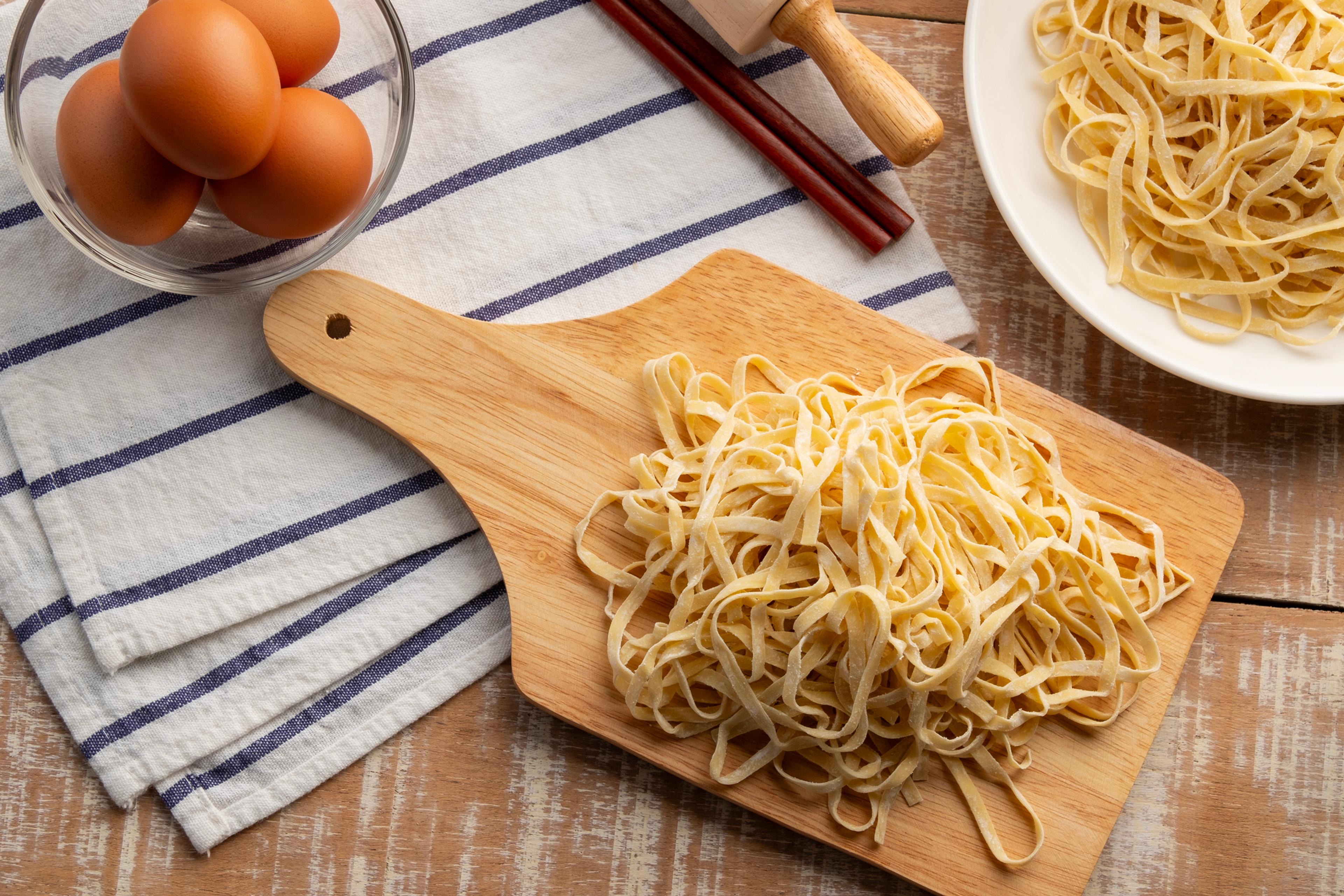Beans, Beans, the Musical Fruit: The Many Health Benefits of Beans and Legumes
Jake Newby
| 3 min read

Do you remember singing the “beans, beans, the musical fruit" jingle as a kid? It went something like this: "Beans, beans, the musical fruit, the more you eat, the more you toot. The more you toot, the better you feel, so eat your beans with every meal."
Was this song silly? Yes. Was it nonsensical? Not entirely.
The meaning behind beans being a "musical fruit" lies in their high fiber content, which, yes, can cause a buildup of gas that makes you fart. Beyond that, the jingle was onto something when it suggested adding a portion of beans — a type of legume — to every meal. Beans and legumes can be highly beneficial to our health. Here's how.
Legumes vs beans: what is the difference?
Every legume is a bean, but not every bean is a legume. Legumes are a family of plants that can fix nitrogen and produce pods with edible seeds, according to Web MD, while beans are a type of legume with large, often kidney-shaped, edible seeds.
Common, healthy legumes include:
- Lentils
- Peas
- Chickpeas (garbanzo beans)
- Soybeans
- Peanuts
Protein in beans: what to know
Beans are a fantastic source of plant-based protein. Since they are not produced by animals, they provide a cholesterol-free protein alternative to meat. The American Heart Association toots the horn of beans (see what we did there) for being a heart-healthy option that can lower blood pressure, cholesterol and your risk for heart disease.
While the exact amount of protein included in different types of beans varies, a half-cup serving of beans can contain anywhere from six to 10 grams of protein. Beans packed with protein include:
- White kidney beans
- Black beans
- Dark and light red kidney beans
- Pinto beans
- Navy beans
- Pink beans
- Great Northern beans
Are beans good for digestion?
Beans aren't only known for their protein, they are also rich in insoluble fiber, as a half-cup serving of the aforementioned beans contain anywhere from five to 10 grams of fiber.
Insoluble fiber adds bulk to your stool, helping to reduce constipation. According to Web MD, eating insoluble fiber also helps fuel "good" bacteria in your digestive tract, so your digestive system can run smoothly.
Additionally, beans are a sneaky good source of:
- Complex carbohydrates
- Vitamins and minerals
- Antioxidants
Beans are incredibly versatile in the kitchen; not only can they be baked, boiled and sprouted on their own, they can be a feature ingredient in soups, stews, salads and casseroles.
Want to learn how to cook some of the many kinds of beans? Keep reading below.
Photo credit: Getty Images





